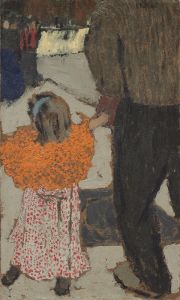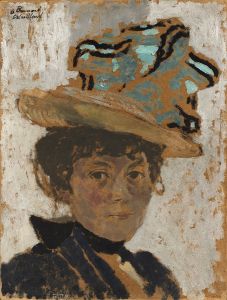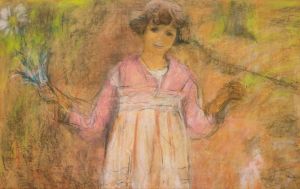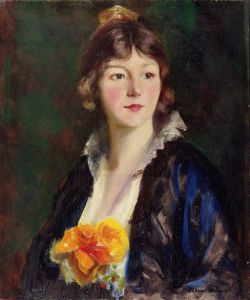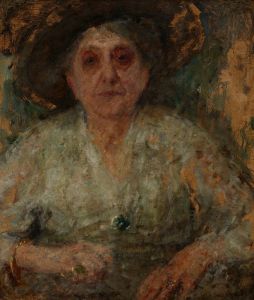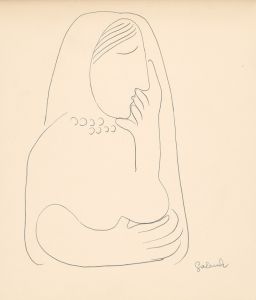
Tête de Chanteuse
A hand-painted replica of Édouard Vuillard’s masterpiece Tête de Chanteuse, meticulously crafted by professional artists to capture the true essence of the original. Each piece is created with museum-quality canvas and rare mineral pigments, carefully painted by experienced artists with delicate brushstrokes and rich, layered colors to perfectly recreate the texture of the original artwork. Unlike machine-printed reproductions, this hand-painted version brings the painting to life, infused with the artist’s emotions and skill in every stroke. Whether for personal collection or home decoration, it instantly elevates the artistic atmosphere of any space.
Édouard Vuillard's Tête de Chanteuse (Head of a Singer) is a painting created by the French artist, who was a prominent member of the Nabi group, an influential post-Impressionist movement in the late 19th and early 20th centuries. Vuillard is best known for his intimate interior scenes and portraits, often characterized by their rich patterns, muted tones, and a focus on the interplay between figures and their surroundings.
The exact date of creation for Tête de Chanteuse is not definitively documented, but it is consistent with Vuillard's broader body of work from the late 19th century to the early 20th century. The painting depicts the head of a female singer, rendered in Vuillard's distinctive style, which often blends figuration with a subtle abstraction. The subject's features are softly defined, and the composition emphasizes mood and atmosphere over precise detail. Vuillard's use of color and texture in this work reflects his interest in the decorative arts and his ability to evoke emotion through painterly techniques.
As with many of Vuillard's works, Tête de Chanteuse demonstrates his skill in capturing the essence of his subjects while integrating them into their environments. However, unlike his more elaborate interior scenes, this painting focuses solely on the figure, isolating the singer's head to draw attention to her expression and presence. The work is an example of Vuillard's ability to convey personality and emotion through subtle gestures and tonal variations.
The provenance of Tête de Chanteuse is not widely documented in public records, and specific details about its exhibition history or ownership are not readily available. It is known that Vuillard's works have been widely collected and exhibited in major museums and galleries around the world, reflecting his enduring influence on modern art.
Édouard Vuillard (1868–1940) was a key figure in the Nabi movement, which sought to synthesize fine art and decorative art, drawing inspiration from Symbolism, Japanese prints, and the works of Paul Gauguin. Vuillard's art often explored themes of domesticity, intimacy, and the interplay between people and their environments. His works are celebrated for their innovative use of color, pattern, and composition, which continue to inspire artists and art historians alike.
Due to limited information available specifically about Tête de Chanteuse, further details about the painting's context, significance, or reception remain unclear. However, the work stands as a testament to Vuillard's mastery of portraiture and his ability to capture the subtleties of human expression.





